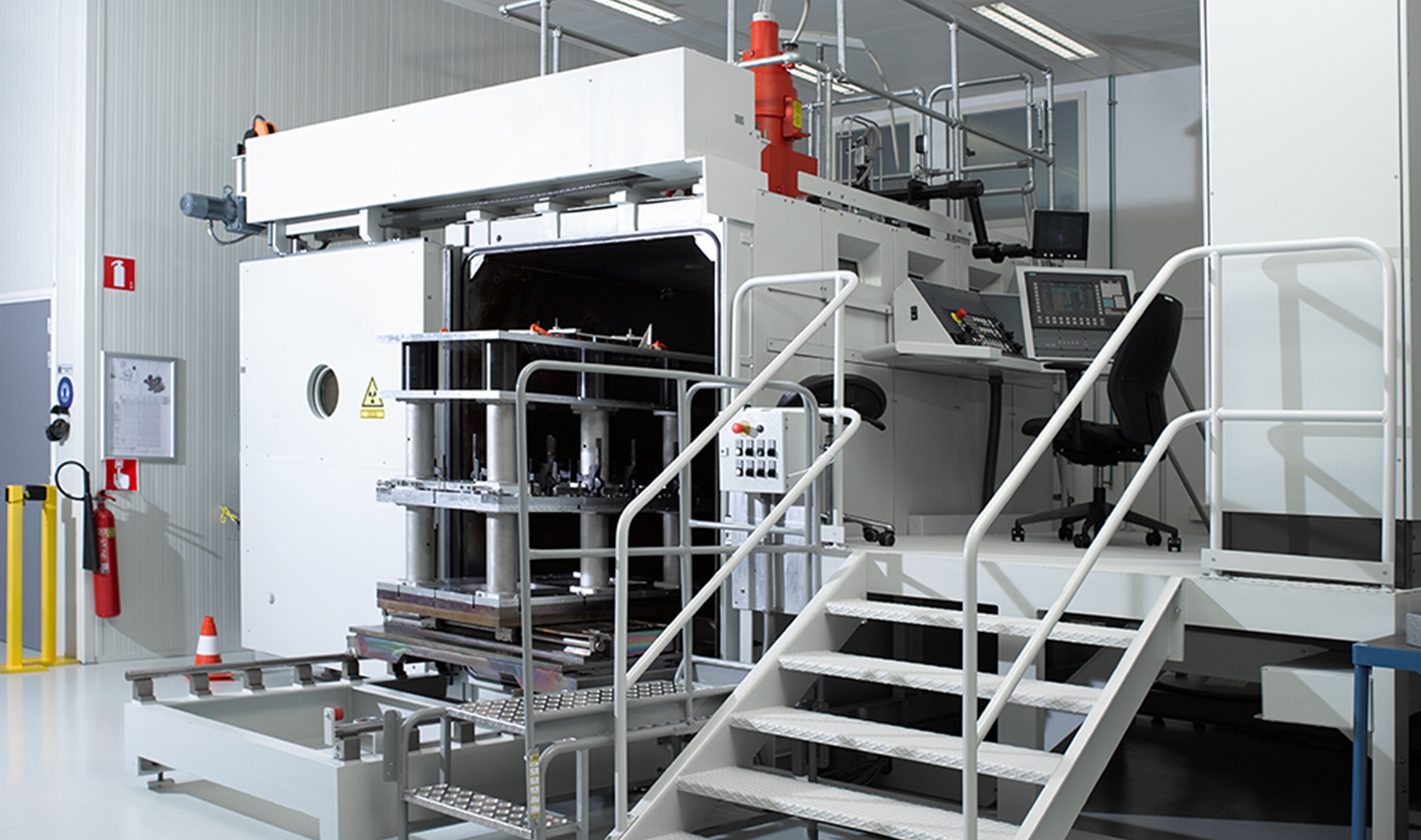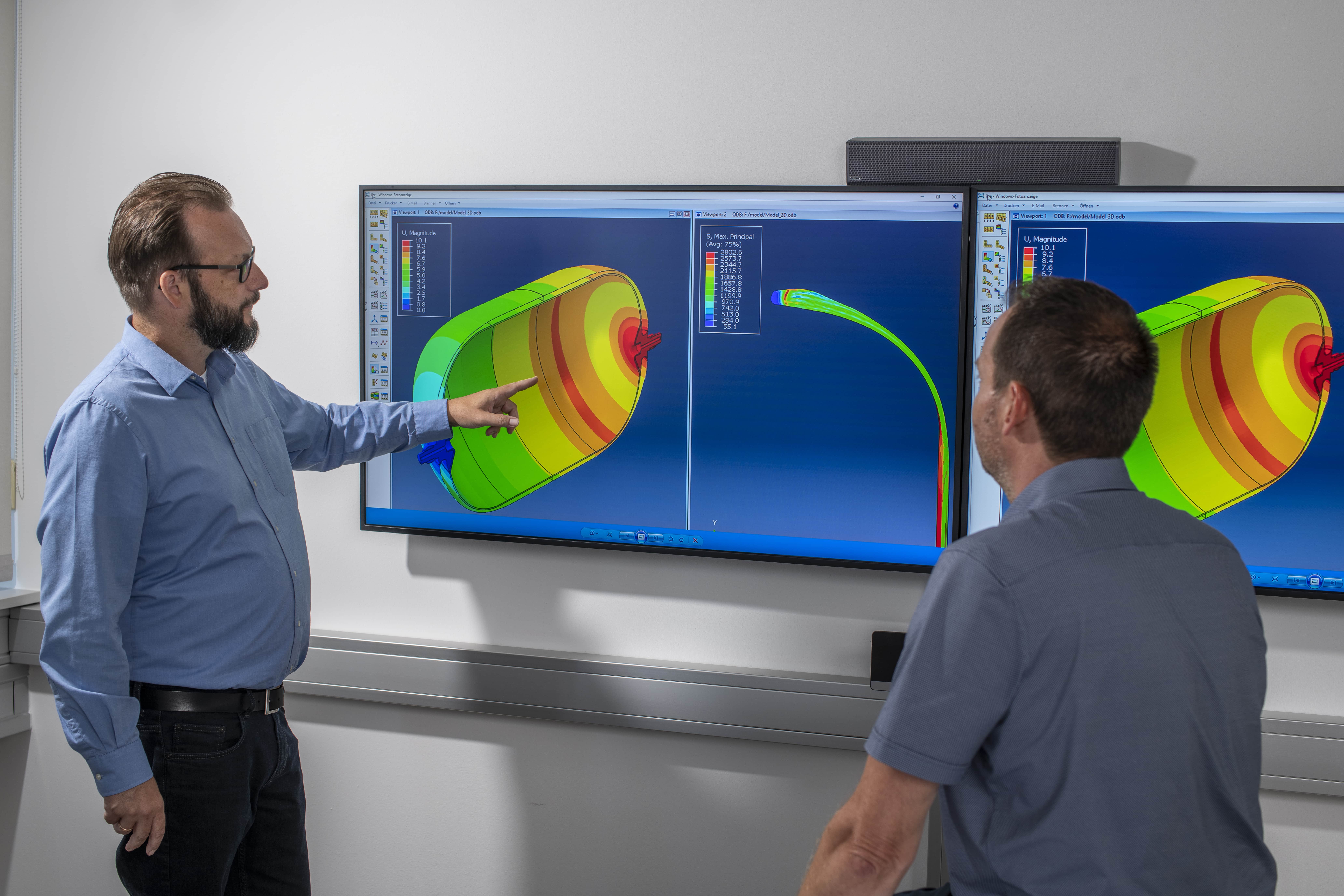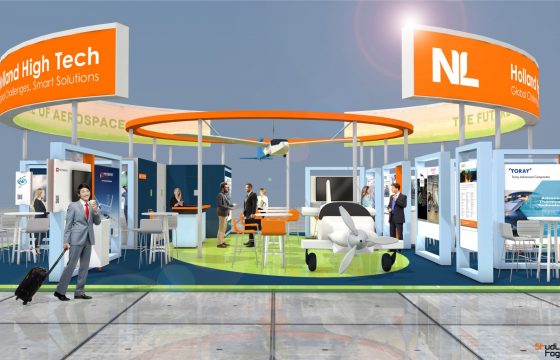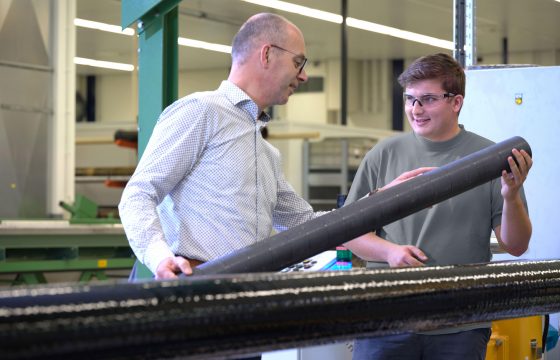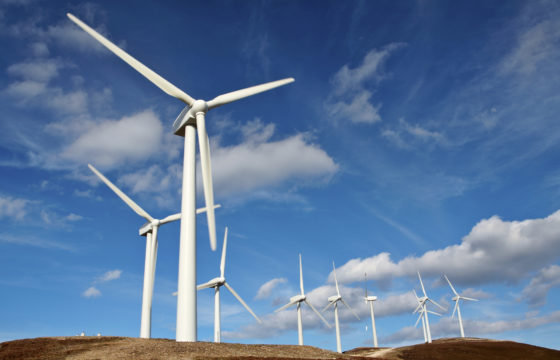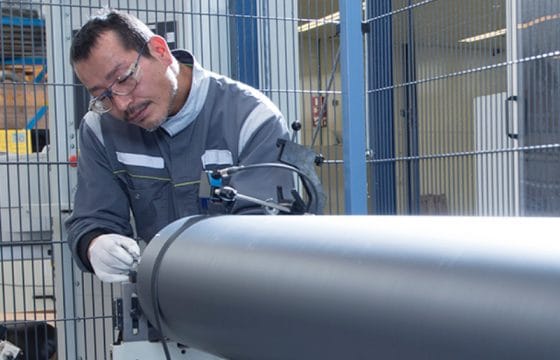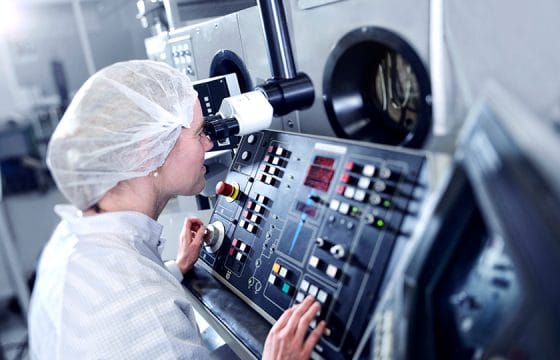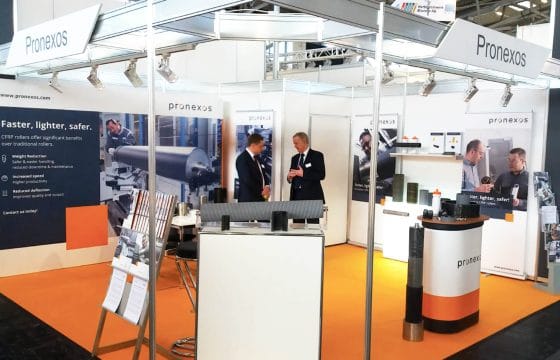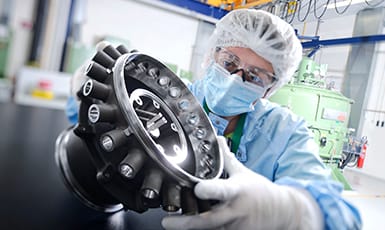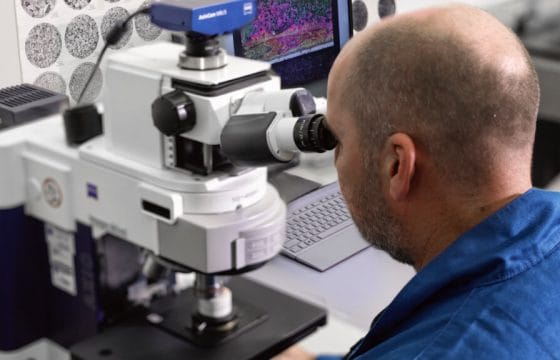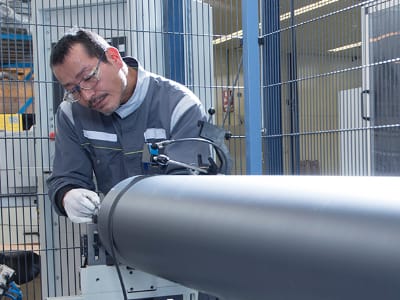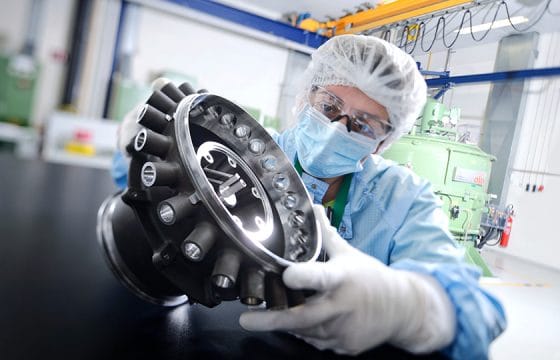Electron Beam welding is a process that is particularly suitable for producing high-quality welds on dissimilar materials or materials that are difficult to weld. But it is a complex process – very few companies can offer the technology and knowledge to deliver with this process in-house.
Pronexos has three EB welding machines at its plant in Almelo, the Netherlands, as well as highly experienced operators, and manufactures EB welded products for a range of different clients.
EB welding explained
Electron Beam Welding is a fusion welding process. The kinetic energy generated from a focussed beam of high-velocity electrons produces the required heat. The part of the work piece affected by the electrons partially melts and evaporates, and no welding consumables are used. The weld process is almost always performed under vacuum conditions, where the vacuum varies from 10-3 to 10-5 mbar l/s.
The electron beam is set in a fixed position during welding, with the workpiece mounted on a CNC axis machine or welding table for manipulation. The electron beam focus point partly determines the weld geometry. The relatively low power used for welding comes from a high voltage unit (40 – 150 kV) with a low current.
“To be able to deliver electron beam welding requires a high level of investment in the right equipment, and highly trained and experienced operators to deliver the quality of weld” explains Vera Krijgsman, Pronexos Weld Engineer. “The electron beam welding process also creates X-rays, so an official licence is required.”
